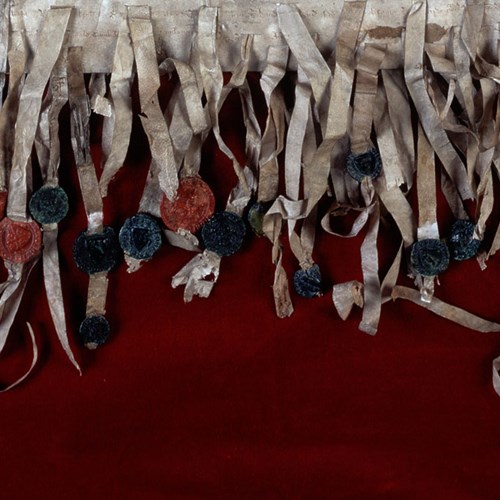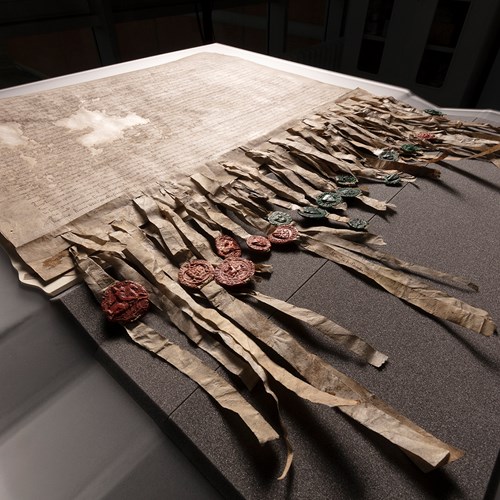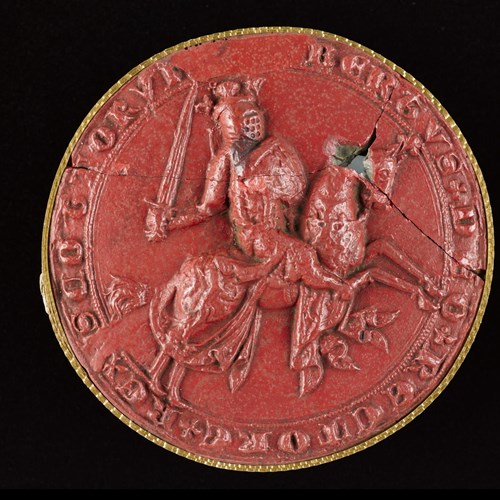The Declaration of Arbroath
3 Jun - 2 Jul 2023
Free
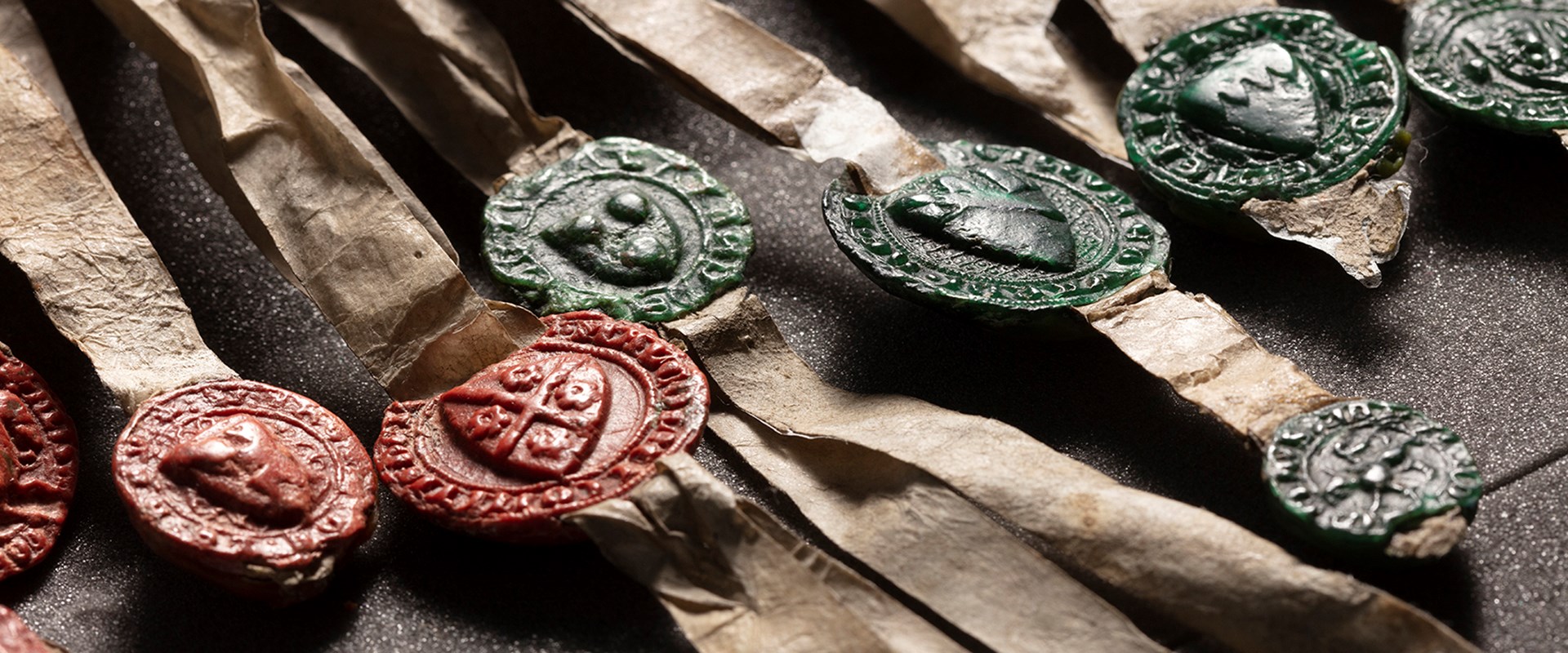
© Mike Brooks © King’s Printer for Scotland, National Records of Scotland, SP13-7
© Mike Brooks © King’s Printer for Scotland, National Records of Scotland, SP13-7
A rare opportunity to see one of the most important documents in Scottish history - the Declaration of Arbroath.
The Declaration of Arbroath is a letter dated 6 April 1320 written by the barons and freeholders of the Kingdom of Scotland to Pope John XXII. The letter asked the pope to recognise Scotland's independence and acknowledge Robert the Bruce as the country's lawful king.
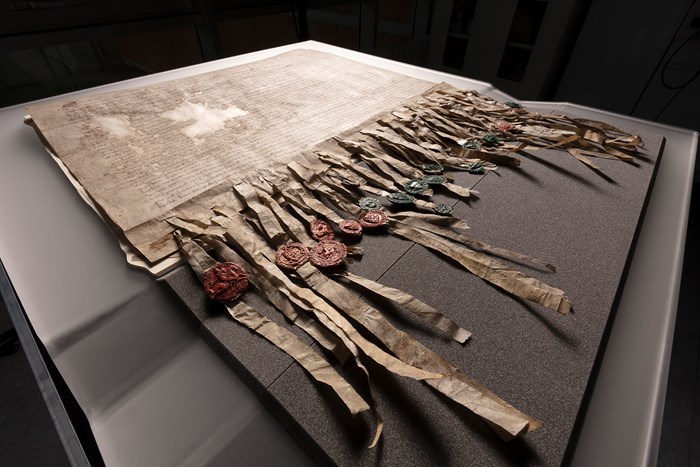
The Declaration of Arbroath. Mike Brooks © King’s Printer for Scotland, National Records of Scotland, SP13-7
Despite the Scots' success at the Battle of Bannockburn, Robert I had not been recognised as king by either King Edward II of England or the Pope. At the time, the Pope desired peace between England and Scotland so that both kingdoms could help in a crusade to the Holy Land. The Declaration sought to influence him by offering the possibility of support from the Scots for his long-desired crusade if they no longer had to fear English invasion.
Written in Latin, it was sealed by eight earls and about 40 barons. It was authenticated by seals, as documents at that time were not signed. Only 19 seals now remain.
The surviving Declaration is a medieval copy of the letter, the original having been dispatched to the pope in Avignon. It is cared for by National Records of Scotland and is so fragile that it can only be displayed occasionally in order to ensure its long-term preservation.
Find out more about the Declaration of Arbroath, and read a full transcription from The National Records of Scotland.
We want everyone who comes to our museums to enjoy their time with us and make the most of their visit.
- There is level access to the Museum via the main doors to the Entrance Hall on Chambers Street and the Tower entrance at the corner of Chambers Street and George IV Bridge.
- Lifts are available to all floors and accessible toilets are available on most floors, as well as a Changing Places (U) toilet in the Entrance Hall on Level 0.
- There is an induction loop in the Auditorium.
- Guide dogs, hearing dogs and other recognised assistance dogs are admitted.
Find out more about our access information.


